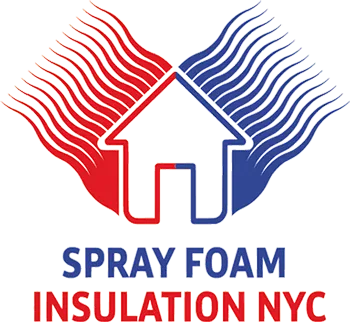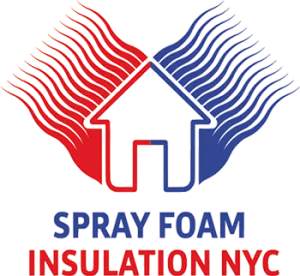Ventilation and Moisture Control in Spray Foam Insulation


Ventilation and Moisture Control in Spray Foam Insulation ? Spray foam insulation has been
increasing in popularity over the last
several years due to :
• Becoming more affordable
• Significant long-term energy savings
Sealing restricts ai movement through the building envelope.
Air sealing also reduces the natural ventilation rate (or air leakage rate), further reducing heating and cooling loads.
Resulting is energy savings!
All sounds good, right? But natural ventilation dilutes the concentration levels of pollutants generated inside the home. Studies show that without it, dust, allergens, moisture, and other pollutants can build up to unhealthy and even dangerous levels.
POOR INDOOR AIR QUALITY!
SFINYC Master Installer Study Guide
Ventilation and Moisture Control in Spray Foam Insulation.
Indoor air quality is increasing in importance because it directly affects the health and comfort of building occupants.
The three key components that impact air quality are:
• Airborne materials (pollutants), often referred to as the quality of the air
• Moisture level (contributing to humidity, condensation and mold)
• Ventilation/air exchanges (replenishing oxygen levels and diluting air pollutants impacting air changes and safety).
• A key means of controlling indoor air quality is to control the air exchange rate/ventilation.
• ASHRAE 62.2 is the national MINIMUM ventilation standard of design for all homes and up to three story multifamily buildings.

Inadequate ventilation can increase indoor pollutant levels by not bringing in enough outdoor air to dilute
emissions from indoor sources and by not carrying indoor air pollutants out of the home – this can lead to health problems.
Therefore providing mechanical fresh air ventilation is especially important in spray foam houses.
Mechanical ventilation systems allow a constant flow of outside air into the home and can also provide filtration, dehumidification, and conditioning of the incoming outside air.
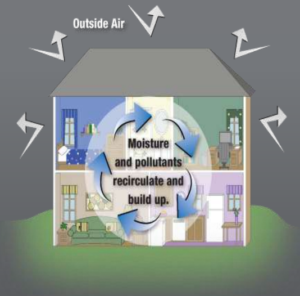
Build it Tight and Ventilate Right
Build it Tight and Ventilate Right… Design and recommend ventilation for homes tightened with SFINYC. The SFINYC contractor must always install a proper ventilation system in a home air-tightened with SFINYC, or assure that the home owner’s or general contractor’s HVAC contractor has provided adequate ventilation.”
While most spray foam homes are required to have some form of mechanical ventilation (ASHRAE 62.2 Standard is recommended), there are many questions on
how best to provide it:
• Exhaust
• Supply
• Balanced

Exhaust Ventilation
Exhaust ventilation systems pull stale air out of the home creating a negative pressure in the house and rely on make up air leakage through the structure.
• In-line duct fans
• Bathroom fans
• Kitchen hoods
Pros – Positive
• Generally easiest to install
• Can be used with any heating system
• Lowest electrical energy cost
• Simplest to understand
• Simplest to maintain
• Simplest installed system testing
Cons
• Puts house under negative pressure (Not good for AC climates)
• Unknown sources of makeup air
• Highest conditioned air cost
• Ventilation air is not distributed
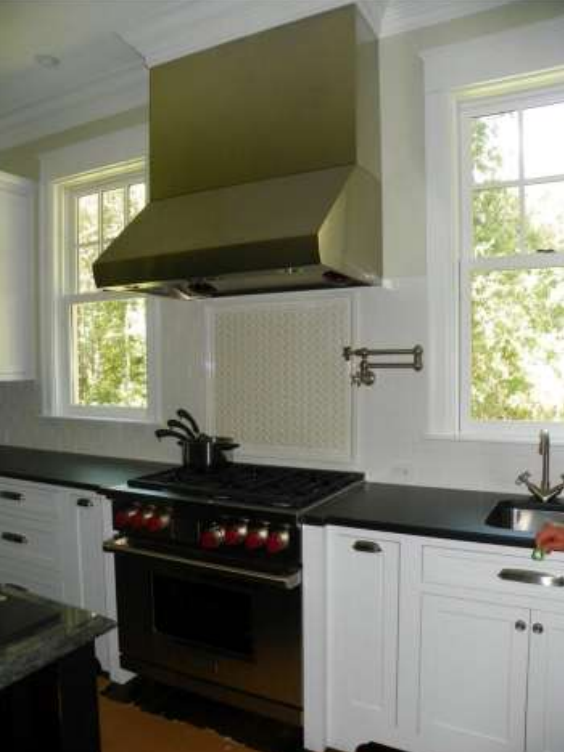
Supply Ventilation
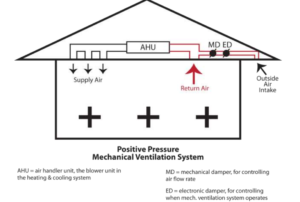
Supply ventilation systems push air into the home creating a slight positive pressure and provides make-up air for kitchen hoods and bathroom fans.
• Controlled mechanical damper
• Whole house ventilating dehumidifier
Supply Ventilation – Controlled Dampers
Pros – Positive
• Low initial investment
• Can bring in the required amount of fresh air
Cons
• Uses biggest motor in the home to move a small amount of air. The HVAC system typically moves 1000 to 2000 cubic feet per minute (cfm) of air, but most homes need only 50 to 100 cfm for
ventilation.
• Brings in outside air at times when the heating or cooling system isn’t operating – unconditioned air.

Supply Ventilation – Whole House Ventilating Dehumidifier
Pros – Positive
• Utilizes dedicated fan to operate
• Brings in fresh air and conditions it
• Filters the air
Cons
• Initial investment
• Footprint of the units
Balanced Ventilation
Balanced ventilation systems use one fan to bring fresh air into the home and another to exhaust an equal amount to the outdoors.
• Energy Recovery Ventilator
• Heat Recovery Ventilator
ERVs and HRVs are balanced ventilation systems originally developed for northern climates. They bring air into the home and blow an equal amount of air out of the home. The ERV/HRV core transfers some heat and in an ERV moisture (energy) between the two air streams.
Balanced Ventilation – ERV & HRV
Pros – Positive
Distributed airflow
Low partially-conditioned air energy cost
Mechanically balanced – doesn’t unbalance the house
Known fresh air source
Cons
Best with fully ducted ventilation ducting (High cost)
System must be balanced on installation and checked periodically
Requires filter maintenance
Requires active homeowner involvement
MOISTURE CONTROL
Airtight homes without fresh air ventilation become humid with moisture from the occupants in a couple days from moisture control:
• Cooking
• Showering
• Breathing
• Cleaning
• Dishwasher• +80% RH, Rots wood & blisters paint
• +75% RH, Cups wood floors & stains walls and ceilings
• 60+%RH: Mold and mildew can grow.
If the house is sealed tight with spray foam, it is much harder for this moisture to leave the house naturally. It builds up inside the home and can raise relative humidity to uncomfortable and even dangerous levels.
Optimum relative humidity range to minimize harmful contaminants*(a decrease in bar height indicates a decrease
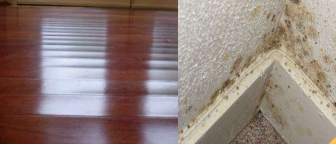
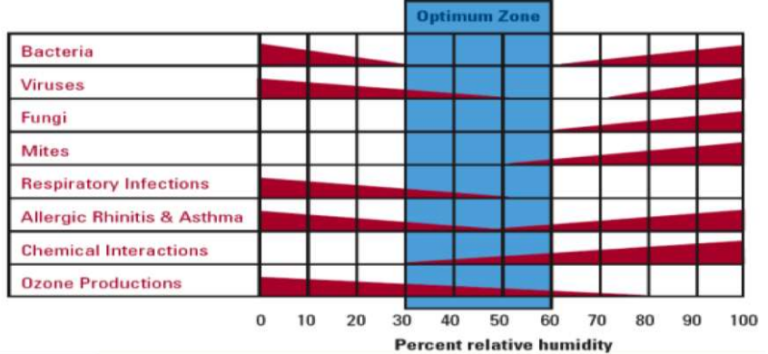
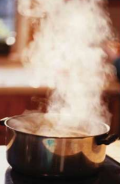
Whole House Moisture Control Strategies
Lowering thermostat temperature in order to remove humidity control strategies.
• Variable Speed A/C
• Whole House Ventilating Dehumidifier
Whole House Moisture Control Strategies
Lowering thermostat temperature in order to remove humidity

Why is overcooling a problem?
• Can create cold surfaces that actually lead to condensation, mold or other damage.
• It is expensive, 10% higher per extra degree of cooling.
• Wear and tear on the air conditioning unit – adds unnecessary run time to the equipment.
Lowering thermostat temperature in order to remove humidity to make matters worse, the air conditioner’s run time is reduced due to the spray foam’s effective thermal insulation, meaning less ability to remove moisture.
Variable Speed A/C
• Slows air conditioner blower down to remove more moisture.
• A/C makes a smaller amount of colder air.
• Colder surfaces (ducts, registers, etc.) may form condensation.
• Does not solve 70ºF/raining scenario.
Whole House Ventilating Dehumidifiers
• Remove excess humidity
• Provide precise time & volume control of fresh air.
• Match air filtering requirements to needs.
• Are quiet and draft free.
• Provide make-up air for exhaust devices.
• Provide a slight positive pressure to house.
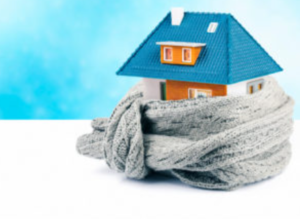
Ventilation and Moisture Control in Spray Foam Insulation ? Spray foam insulation has been
increasing in popularity over the last
several years due to :
• Becoming more affordable
• Significant long-term energy savings
Sealing restricts ai movement through the building envelo.
